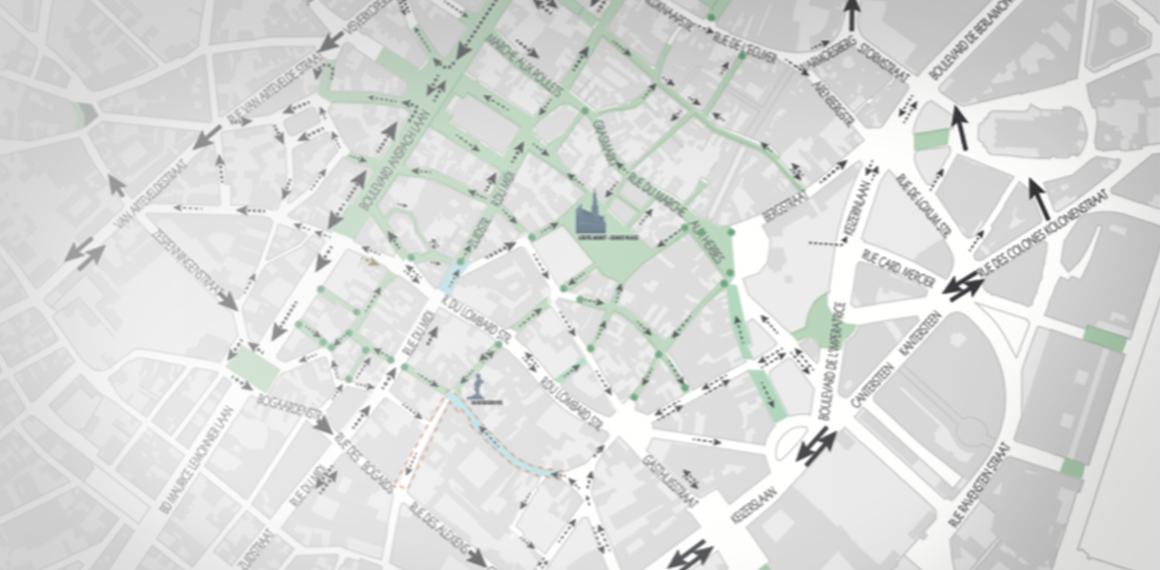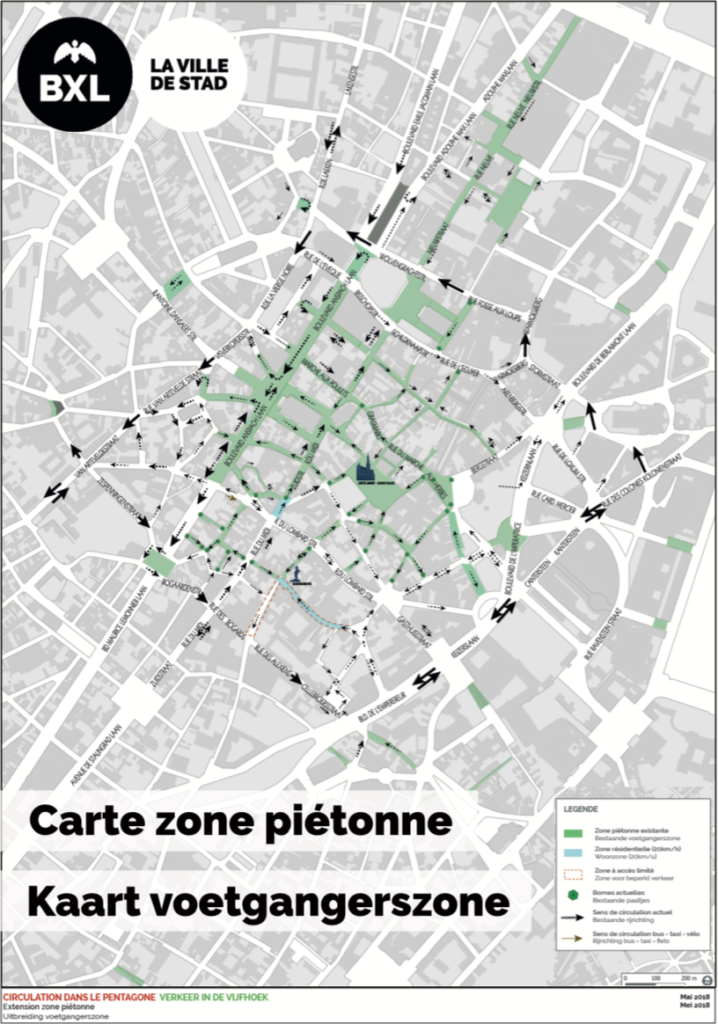
The motivation
In 2017 EUROSTAT started a project to modernise the collection of Social Statistics (ESS – European Social Statistics). By doing so, EUROSTAT builds on the Wiesbaden Memorandum from 2011 that strives for better information about patterns of time-use and consumption of households. More specifically, it involves the time-use survey (TUS) and household budget survey (HBS).
The project
Against this backdrop the SOURCE TM project emerged. SOURCE TM stands for Software OUtreach and Redefinition to Collect E-data Through MOTUS. The central aim of this project is to collect time-use data in Europe in a comparable way. Apart from the Research Group TOR, both STATBEL (the statistical office of Belgium) and DESTATIS (the statistical office of Germany) are involved. Within this project they will expand their knowledge about the MOTUS software platform, focusing on the way data is collected through a MOTUS application that runs both online and offline.
The challenges
The major challenge for the European modernisation project regarding the collection of Social Statistics is striving for comparability while at the same time leaving room for country specific interests (f.e. in terms of questions or activities) and wishes or concerns (f.e. in terms of the influx of respondents or the length of the survey). The MOTUS software platform accepts this challenge, because:
- MOTUS is developed to design all survey components (questionnaires, diaries, context) as well as all communication with respondents within a single program (i.e. comparability); and
- MOTUS is capable of adding unique contextual elements to this program at the same time (i.e. country-specific interests/wishes).
The quest for a proper configuration of MOTUS entails two phases of testing:
- Developing a prototype of an e-TUS (online time-use survey) that will be evaluated by a large groep of scientists and representative that form the Workgroup TUS of EUROSTAT.
- Having a non-representative sample registering their time-use for two days (one weekday and on weekend day).
“Comparability and customisation are two important conditions for the European modernisation project of collecting Social Statistics to be successful. Both elements are at the base of MOTUS.”
Both TUS and HSB are based on registrations in a diary: TUS for time-use and HBS for household consumption. Logically, both STATBEL and DESTATIS posed the question what it would take to use MOTUS for HBS purposes as well. Since the programming of MOTUS allows for such adaptations, this question has been included as an additional line of research in the project.
The aim
If successful, the aim of the project, which runs from January 2019 till February 2020, is to include MOTUS as a method for online time-use surveys (e-TUS) and online household budget surveys (e-HBS) in the CSPA catago. CSPA stand for Common Statistical Production Architecture. It describes that standards and principles for the production of national statistics and is aimed at improving the comparability of results.










